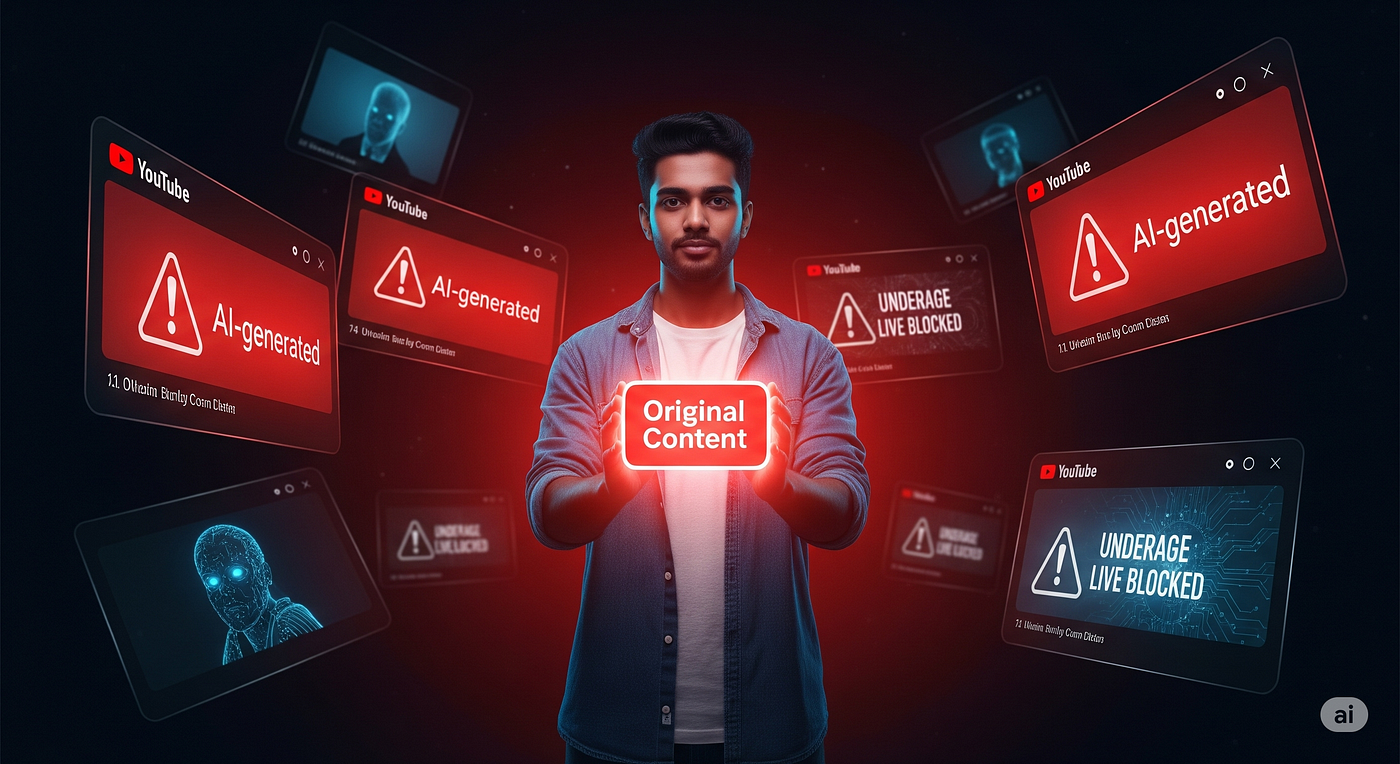As YouTube grapples with the growing presence of artificial intelligence on its platform, the unspoken reality is that it’s now significantly easier to produce videos using AI tools. This ease has led to an explosion of what’s being called “AI slop”, a flood of low-quality, generative AI content that overlays synthetic voices on still photos, repurposed clips, or text-to-video animations.
Some of these AI-powered channels, including those featuring auto-generated music or fake news reports—like fabricated updates on the Diddy trial—have amassed millions of views and subscribers.
One alarming example came earlier this year when a viral true crime murder series was exposed as entirely AI-generated, according to 404 Media. Even YouTube’s own CEO, Neal Mohan, was targeted in a deepfake phishing scam that circulated on the site, showing the vulnerabilities of the platform despite having tools designed to report such deceptive content. The incident highlights the growing challenges facing platforms attempting to maintain trust and credibility in the age of synthetic media.
YouTube has publicly described recent changes to its policies around AI content as mere clarifications or minor updates. However, critics argue that the proliferation of AI-generated junk risks damaging the platform’s value and credibility. By continuing to allow such content to flourish, often monetized under the YouTube Partner Program (YPP), the platform may inadvertently erode user trust and degrade the overall quality of information available.
As a response, YouTube appears to be moving toward firmer enforcement policies that would permit the removal or demonetization of channels churning out AI slop. The goal is to draw a clear line between innovative use of generative AI and the abuse of such tools to mass-produce misleading or low-quality content. In doing so, the company hopes to protect its reputation and retain the trust of its global audience while navigating the increasingly blurred lines of AI-driven creativity.
